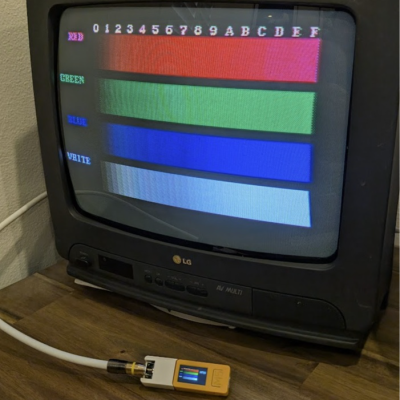Physics simulations using classical mechanics is something that’s fairly easily done on regular consumer hardware, with real-time approximations a common feature in video games. Moving things to the quantum realm gets more complex, though with equilibrium many-body systems still quite solvable. Where things get interesting is with nonequilibrium quantum systems.
These open systems are subject to energy gains and losses that disrupt its equilibrium. The truncated Wigner approximation (TWA) is used as a semi-classical method to solve these, but dissipative spin systems proved tricky. Now however [Hosseinabadi] et al. have put forward a TWA framework (PR article) for driven-dissipative many-body dynamics that works on consumer hardware.
Naturally, even with such optimizations there is still the issue that the TWA is only an approximation. This raises questions such as about how many interactions are required to get a sufficient level of accuracy.
Using classical computers to do these kind of quantum physics simulations has often been claimed to the ideal use of qubit-based quantum computers, but as has been proven repeatedly, you can get by with a regular tensor network or even a Commodore 64 if you’re in a pinch.



















